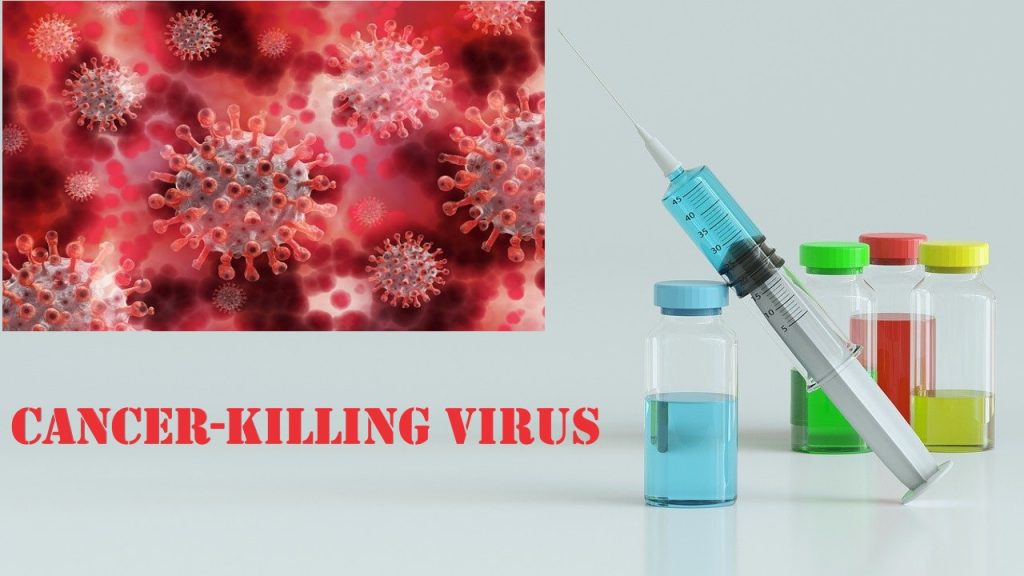Cancer-killing virus

The cancer-killing virus is administered to the first human patient after animal testing suggests it may decrease tumors in the colon, lung, breast, ovary, and pancreas.
- Researchers have successfully used a novel “cancer-killing virus” on a human patient for the first time.
- It has been shown that the virus known as Vaxinia may reduce the size of solid tumors in mice.
- According to the results of many tests, it was able to shrink tumors of the colon, lung, breast, and ovary.
- Additionally, it prepared the patient’s immune system for subsequent treatment with immunotherapy.
Scientists have injected the first human patient with a novel ‘cancer-killing virus’ that has been demonstrated in animal studies to decrease solid tumors.
The virus, called Vaxinia, has been genetically designed to infect, multiply, and destroy cancer cells while leaving healthy ones alone.
Animal studies have indicated that it may shrink colon, lung, breast, ovarian, and pancreatic cancer tumors.
While other immunotherapies, such as checkpoint inhibitors, have been shown to be beneficial in specific tumors, patients often relapse and ultimately cease responding to or develop resistance to them, according to the researchers.
Vaxinia, on the other hand, may activate the patient’s immune system and boost the amount of a protein known as PD-L1 in tumors, making immunotherapy more effective against cancer.
Daneng Li, MD, the study’s lead researcher and an assistant professor at City of Hope’s Department of Medical Oncology & Therapeutics Research, said in a press release, “Our previous research showed that oncolytic viruses can stimulate the immune system to respond to and kill cancer, as well as stimulate the immune system to be more responsive to other immunotherapies, such as checkpoint inhibitors.”
“Now is the time to make immunotherapy even more powerful, and we think CF33-hNIS could help our patients do better in their fight against cancer,” he said.
In phase 1 of the clinical trial, the virus will be injected into people with solid tumors who have already been treated with at least two different kinds of medicine. According to the reports, the virus is either injected directly into the tumor or into a vein.




